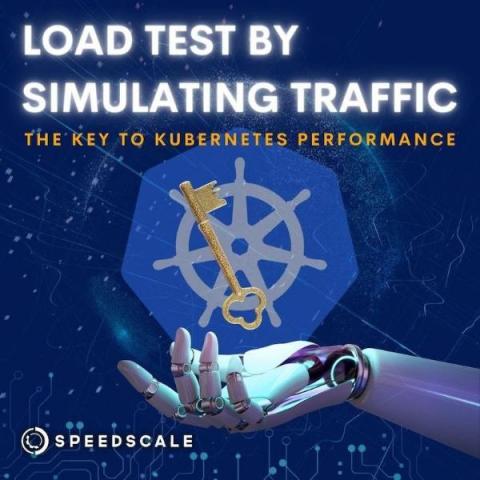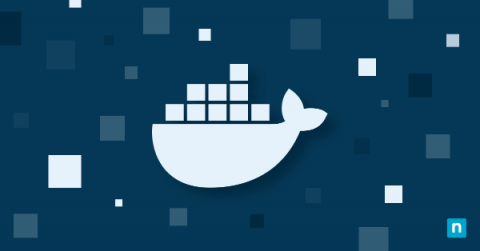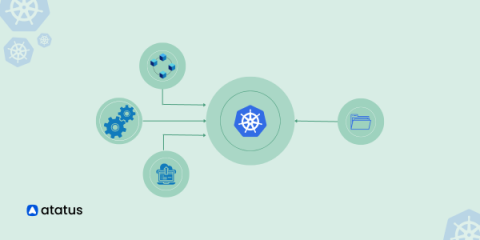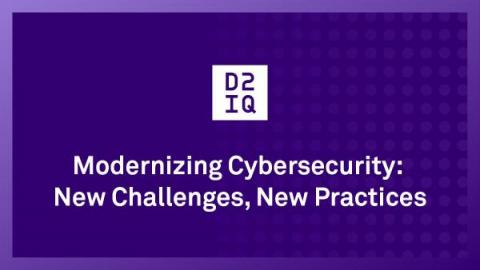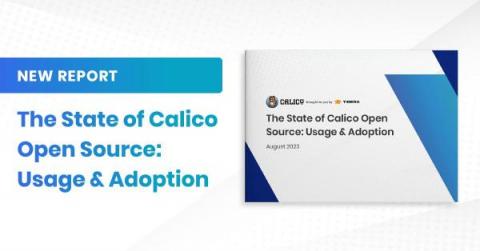Operations | Monitoring | ITSM | DevOps | Cloud
Latest News
How To Containerize an Application Using Docker
Most development projects involve a wide range of environments. There is production, development, QA, staging, and then every developer's local environments. Keeping these environments in sync so your project runs the same (or runs at all) in each environment can be quite a challenge. There are many reasons for incompatibility, but using Docker will help you remove most of them.
A Guide to Kubernetes Core Components
In the ever-evolving landscape of modern software development and deployment, Kubernetes has emerged as a prominent solution to manage and orchestrate applications. This technology has redefined how applications are deployed and maintained, offering a flexible and efficient framework that abstracts the underlying infrastructure complexities. In Kubernetes, you define how network traffic should be routed to different services and pods.
Choosing the Right Kubernetes Cluster Setup: A Comprehensive Guide
Kubernetes has revolutionized how modern applications are deployed, managed, and scaled. As the container orchestration platform of choice, Kubernetes provides a dynamic and highly efficient environment for running containerized applications. At the heart of this ecosystem lies the intricate relationship between Kubernetes and the applications residing within its clusters. Applications within Kubernetes clusters are arranged through Pods, which are managed and scaled by various controllers.
ExpressJS Container Debugging
In recent years, the landscape of application development has experienced a paradigm shift, largely driven by the rise of containerization and microservices architectures. Amid this transformation, Express.js has emerged as a dynamic and versatile framework that stands as a one-stop shop for crafting robust web applications. Its popularity owes much to its minimalist approach, allowing developers to swiftly build APIs and web applications with ease.
Modernizing Cybersecurity: New Challenges, New Practices
The practice of cybersecurity is undergoing radical transformation in the face of new threats introduced by new technologies. As a McKinsey & Company survey notes, “an expanding attack surface is driving innovation in cybersecurity.” Kubernetes and the cloud are infrastructure technologies with many moving parts that have introduced new attack surfaces and created a host of new security challenges.
New report: The state of Calico Open Source 2023
We are excited to announce the publication of our 2023 State of Calico Open Source, Usage & Adoption report! The report compiles survey results from more than 1,200 Calico Open Source users from around the world, who are actively using Calico in their container and Kubernetes environments. It sheds light on how they are using Calico across various environments, while also highlighting different aspects of Calico’s adoption in terms of platforms, data planes, and policies.
Fixing Docker's Slow Performance on MacOS
Docker is designed for Linux. It works most efficiently on Linux systems due to its close integration with the Linux kernel. When handling large filesystems, like the ones built with PHP and Node, Docker desktop (MacOS Environment) experiences significant lag. The main reason is how file synchronization is implemented in Docker for Mac. Plus, disk space consuming behavior of such big PHP Projects.
What's New in the Kubernetes 1.28 Second Release
From its humble beginnings, Kubernetes’ growth story continues to be a testament to the power of open-source collaboration, and its current 1.28 second release is certainly no exception. It’s not just a product of ingenious coding but also the sweat and night oil of a global community – from seasoned industry stalwarts to students just making their debut in the open-source world.
Best Practices and Potential Loopholes for Successful Microservices Architecture
Microservices architecture is a software development approach where an application is built as a collection of small, loosely coupled, independently deployable services. Each service focuses on a specific business capability and operates as an autonomous unit, communicating with other services through well-defined APIs. This architectural style is often used in the context of DevOps to create more efficient, scalable, and manageable systems.


